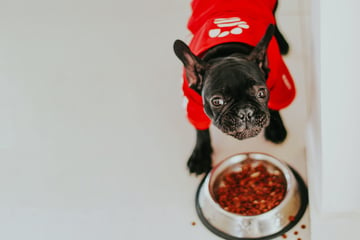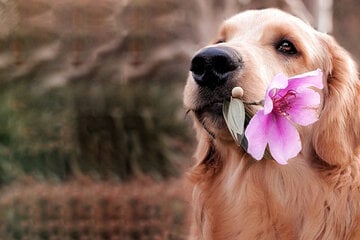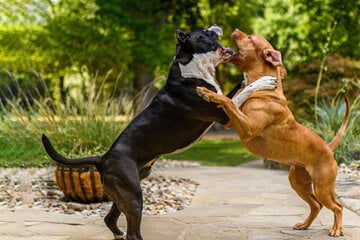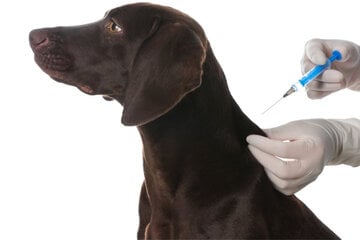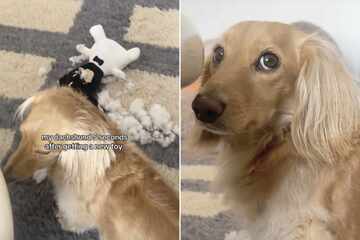Do dogs like hugs? Should you cuddle and hug dogs?
There are thousands of videos online showing happy dog owners giving their canine companions the biggest of hugs and cuddles, but is that actually okay? Do dogs like hugs? Is it okay to cuddle your dog?
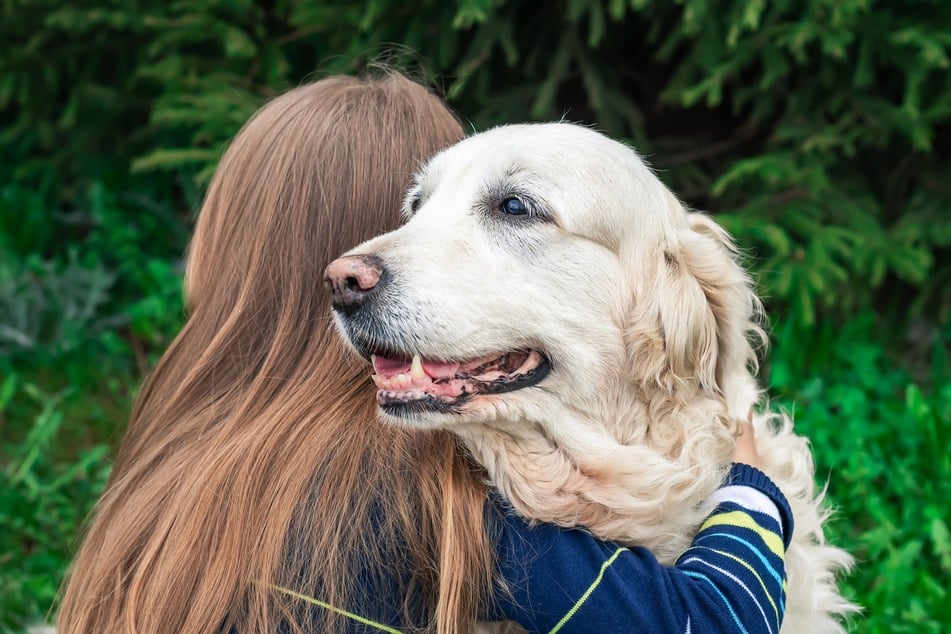
Dogs are gentle giants, covered in soft fur and hair, and seem to constantly have a big, wide smile on their faces. There are very no animals more huggable than one of these perfect pooches (apart from our feline friends, of course), but should we be giving them all these hugs, kisses, and cuddles?
In this dog guide, TAG24 will take a look at whether you should cuddle and hug dogs. Do dogs like being hugged? Why do certain hugs cause stress in your dog, and what behaviors should you look out for as warning signs?
Do dogs like being hugged?
Dogs are sweet, joyful, and tremendously cuddly friends that are easy to treat almost like stuffed animals. You may be snuggling your pet out of love, but is it really in your dog's best interest? We love to hug, so we push that upon the canine companions and feline friends inhabiting our homes – but at least cats will bite back when they're not having a good time.
The reality is that dogs love their humans and are keen to please, even if their humans' behavior doesn't bring them any personal joy. Sadly, studies suggest that many dogs don't actually enjoy hugs at all and, indeed, find restrictive hugs and cuddles anxiety-provoking and stressful.
It's a surprise, of course, because our beloved doggos will pant in a seemingly happy and peaceful fashion, and might even lick our faces, during a cuddle. In many cases, these signs communicate pleasure, and it is important to note that not all dogs are going to hate your hugs.
If you want to show affection to your dog without stressing it out, it's best to look into its eyes, give it some pets, and present it with a treat or two. Some dogs will make it clear they want hugs, which is totally fine, but it's best to be on the safe side before going in for a squeeze.
Do dogs like cuddling?
Cuddling is much the same as hugging; it's a restrictive behavior that can be unpleasant for your dog. Dog anxiety is a very real and dangerous thing, and something all dog owners should be aware of. With behaviorists (detailed below) arguing that immobilizing dogs increases their stress, it's best to avoid hugging and cuddling them.
Studies suggest dogs don't like certain hugs
US psychologist Stanley Coren published a blog post in Psychology Today in 2015 that looked to answer the question "Do dogs like hugs?" In the study, he evaluated 250 randomly selected pictures on the internet showing people hugging dogs for signs of stress and discomfort in the canine.
Throughout the evaluation, Coren discovered that 82% of the dogs showed at least one sign of discomfort, while 10% showed neutral gestures and facial expressions. Only 8% seemed to enjoy the hug.
While there are limitations to this study – it's a small sample examining they pictures found on social media – a discomfort rate of more than 80% is certainly worthy of note. Perhaps we should all start looking out for these signs of discomfort when cuddling our dogs?
"Behaviorists believe that immobilizing a dog with a hug can increase stress levels and possibly lead to biting... Dogs pictured being in a hug often show signs of stress, such as downward ears, half-moon eyes, and avoiding eye contact," Coren wrote.
If you ever notice the signs described by Dr. Stanley Coren, it's best to take a step back and leave your doggo alone for a little while.
Why do dog hugs cause stress?
Despite the fact that dogs are social creatures that crave closeness and love from their humans, the evidence all seems to suggest that hugs and cuddles stress them out. This seems to go back to their evolutionary background, with dogs fearing the constraint and lack of control associated with tight hugs.
In many cases, this fear can actually turn into aggression. Some dogs want to free themselves from the hug via strong and jerky body movements, but others will start growling or even biting. Human owners should recognize when their dog is in distress and respect its boundaries.
Dr. Stanley Coren explains this reaction, saying, "Dogs are technically cursorial animals... [which] indicated that they are designed for swift running... In times of stress or threat, the first line of defense that a dog uses is not his teeth, but rather his ability to run away."
In other words, when a dog feels threatened, it will try to run away. If it is in a situation where it is restricted and cannot run, it will experience a lot of stress and fear.
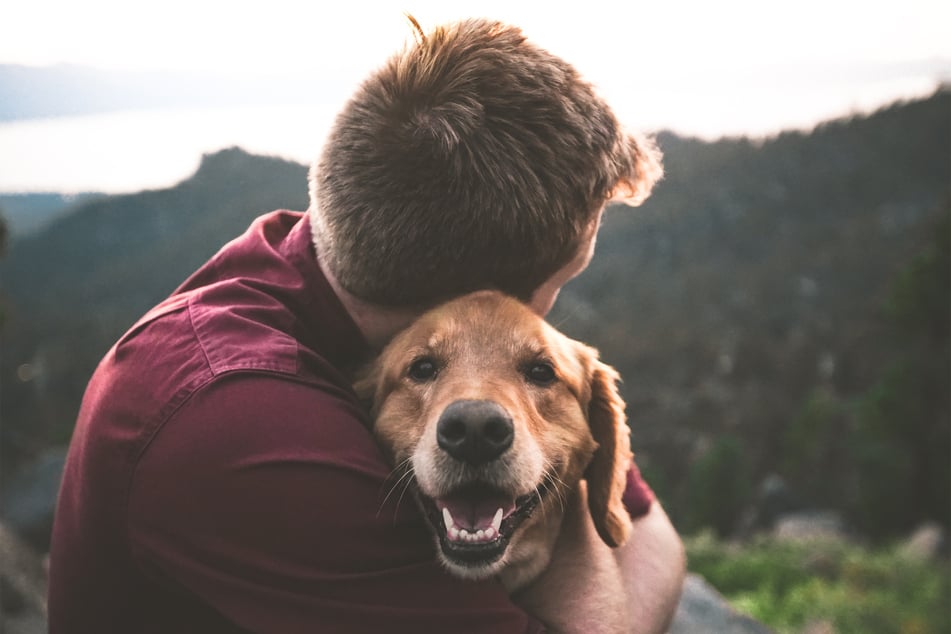
Behaviors and signs that a dog doesn't like hugs
If your dog is feeling stressed out or unhappy, or if it isn't enjoying your hugs and cuddles, it will often be quite apparent. The difficulty comes when a dog doesn't show its discomfort through sudden and obvious movements, but rather through facial expressions and breathing.
It's important to understand these signs because we often anthropomorphize how we read our dog's body language. This is especially true when it comes to hugs, as we assume that a behavior we humans use as to show happiness and love will be the same for our pets.
Here is a quick list of behaviors to look out for, each of which indicates that your dog doesn't like to be hugged very much:
- Keeping their eyes wide open, with the whites of their eyes visible
- Completely closing their eyes
- Lowering their ears or pressing them against their head
- Turning their head away from you
- Yawning continuously
- Licking their lips
- Licking your face and trying to get your attention
- Panting excessively
If you notice your dog displaying these behaviors during a cuddle, show some respect and let go. Take a step back, and give your pet a snack and some non-constricting pats.
How to hug a dog: When to stroke and when to cuddle
It is important for a dog owner to study their pet's body language and show their playful pooch love in a way that makes them feel happy and safe. Hugging won't always be a bad thing, but sometimes a calm and friendly pet is your best bet.
Provide your dog with appreciation, love, and affection by always allowing your pet to feel in control of its body. Give your dog treats, pet it calmly and lovingly, talk to it happily, and keep your hugs to a minimum.
How do dogs hug?
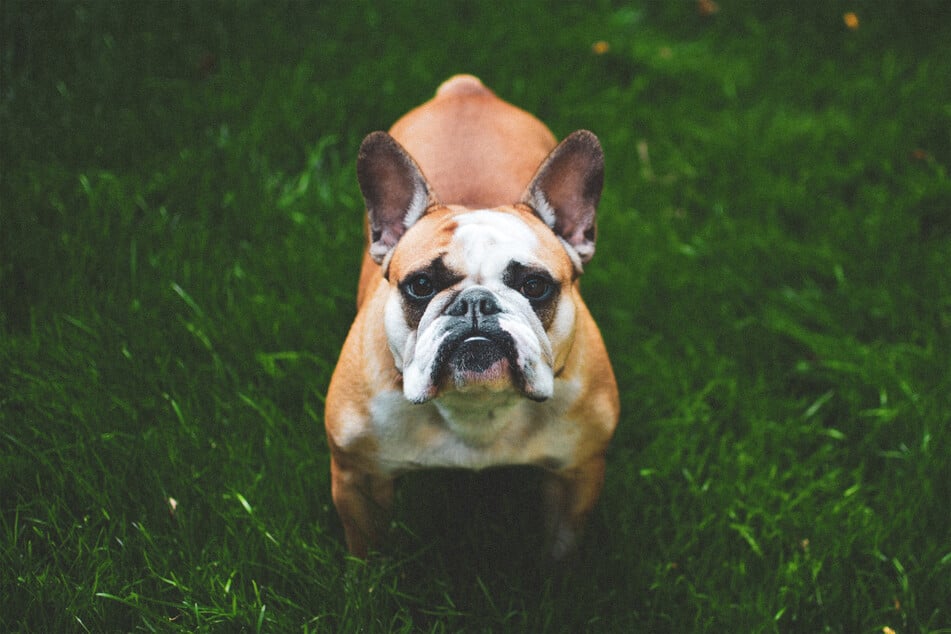
It's more or less impossible for a dog to hug you in the same way that a human would (that would be mounting, which means something quite different). Instead, dogs show their love through a variety of other behaviors, mostly revolving around the way they look at you.
A 2015 study published in Science revealed that dogs hug through their eyes. It seems that over many years of being domesticated and living with humankind, dogs have developed various human communication techniques. One of these is the habit of staring.
The way dogs look at you can show affection, love, and trust, in much the same way humans looking at their partner can convey the same emotions. "Gazing behavior from dogs, but not wolves, increased urinary oxytocin concentrations in owners, which consequently facilitated owners’ affiliation and increased oxytocin concentration in dogs," the study states.
Oxytocin is the chemical hormone that humans produce due to romantic attachment, trust, sexual arousal, or the bond between a parent and a child. That makes your dog's staring the equivalent of a hug from your children or parents.
Dog hugs are a tricky business
Petting your dog is a common and good thing to do. Hanging out with your dog and taking it on walks is much the same, but hugging can be different. It is important to watch your dog's reaction to certain behaviors and respond in kind. That goes for more than just hugs: If your dog doesn't like something you do, stop doing it.
Some doggos will love a good cuddle and will enjoy being hugged from time to time. Other doggos will feel trapped and uncomfortable. Watch, listen, learn, and become the best human companion you can be!
Cover photo: 123rf/Alorien27
